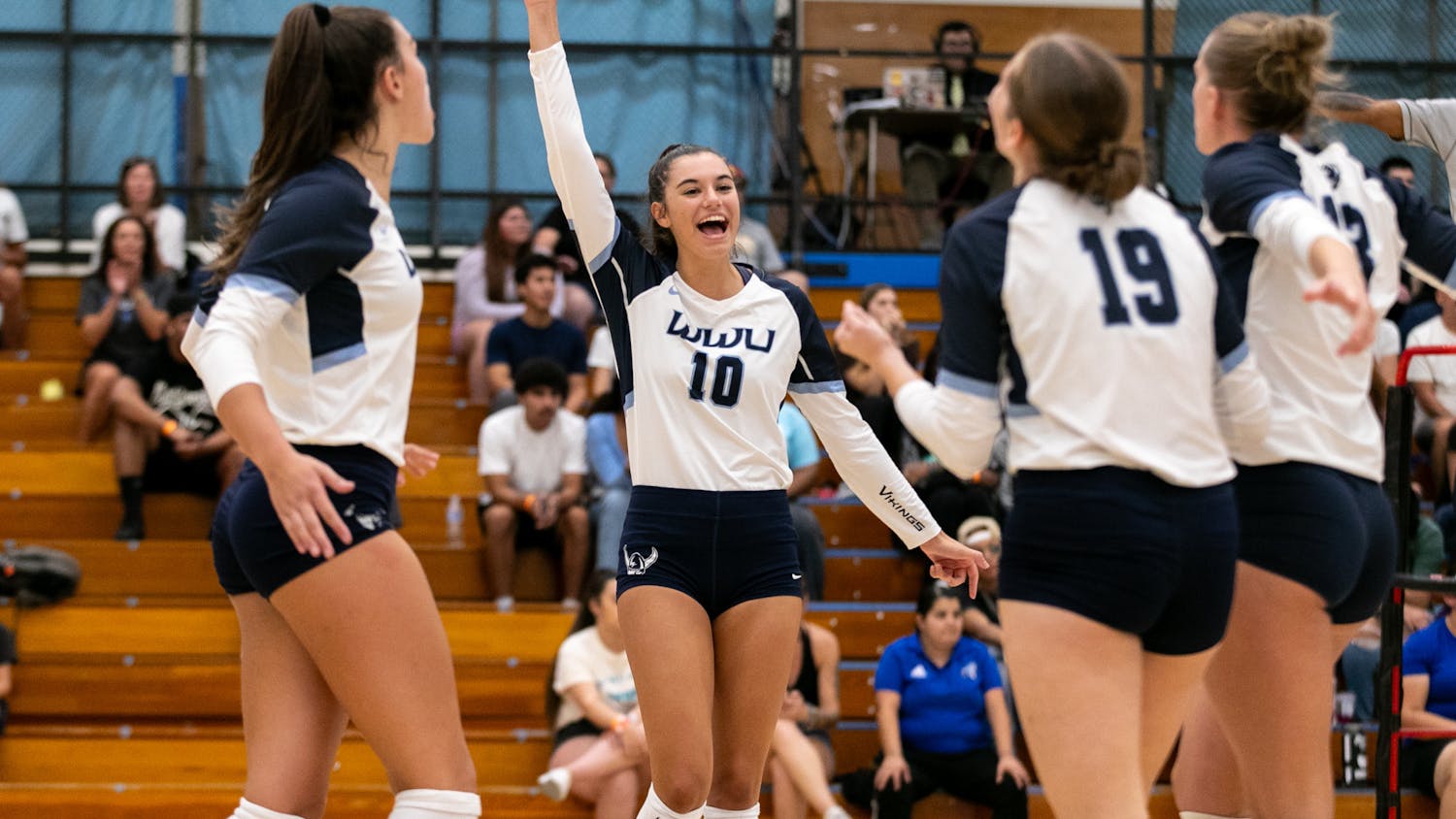Philosopher Robert Sanchez, believes art may be the key to cross-cultural understanding.
Sanchez, a professor at Mount Saint Mary’s University in Los Angeles, encouraged students to rethink the nature of philosophy and cultural differences at a presentation in Bond Hall Thursday, Jan. 26. The speech analyzed the differences between Western and Latin philosophy.
Sanchez said the traditional Western definition of philosophy often ignores and conceals differences in culture. Citing early Aztec art as an example, Sanchez encouraged attendees to question why they find something beautiful. Why did many Western onlookers find Coatlicue, a 10-foot tall statue recounting the birth of an Aztec deity, ugly?
Sanchez’s reason pointed to differing beauty standards. He also accounted for historical bias, ethnocentrism and issues of manifest destiny and colonization.
“There’s a long story here about the history in Latin America of trying to decide whether the Native people were fully rational, and whether they did philosophy,” Sanchez said. “There’s a famous debate in Valladolid, Spain, 1550-1551, to decide if the Indians are fully human or more animal-like. For us, that’s hard to hear because how could you not think they’re human?”
Art came first in developing national identity in Mexico, Sanchez said. Then came philosophy dealing with questions of self, rather than not-self, differing from traditional philosophy.
"In terms of getting people to see the world differently, it’s going to be more through art and aesthetic production."
Professor Robert Sanchez
The philosophers Sanchez studies worked from roughly 1910 to 1960.
“That’s the big period of the formation of national identity, where after the Mexican Revolution, Mexican philosophers started to say, wait a second, who are we? And what does it mean to be Mexican?” Sanchez said.
Western philosophy professor, Dennis Whitcomb, said participating in formal arguments can help identify differences in cultural beliefs.
“In seeing how the logic works, you become liberated from thinking your worldview requires this certain view,” Whitcomb said.
Sanchez emphasized alternative forms of communication in order to foster genuine empathy across cultures.
“There is something about asking students and asking ourselves to reflect on prejudices that are forming why we believe something is true; the socratic method. But in terms of getting people to see the world differently, it’s going to be more through art and aesthetic production,” Sanchez said.
Alicia Christianson, a recreation major, attended the presentation on a professor’s recommendation. Christianson studies developing culturally and socially-inclusive programs to serve communities.
“A lot of what I’ve heard in the lecture and what I’ve heard in class and what I’ve learned throughout my time here at Western, is taking a holistic approach to serving people in our community is one step in the right direction to understanding people and helping them,” Christianson said.
Freshman Emma Meyerdierks attended the presentation for class credit, but was inspired to stay longer than she had to.
“I thought his one point was you’re not just going for the cultural experience, you’re going for yourself,” Meyerdierks said. “I think the uncertainty is a big reason why people don’t go, but it’s also a good reason to go. You never know what you’re going to learn about yourself.”





